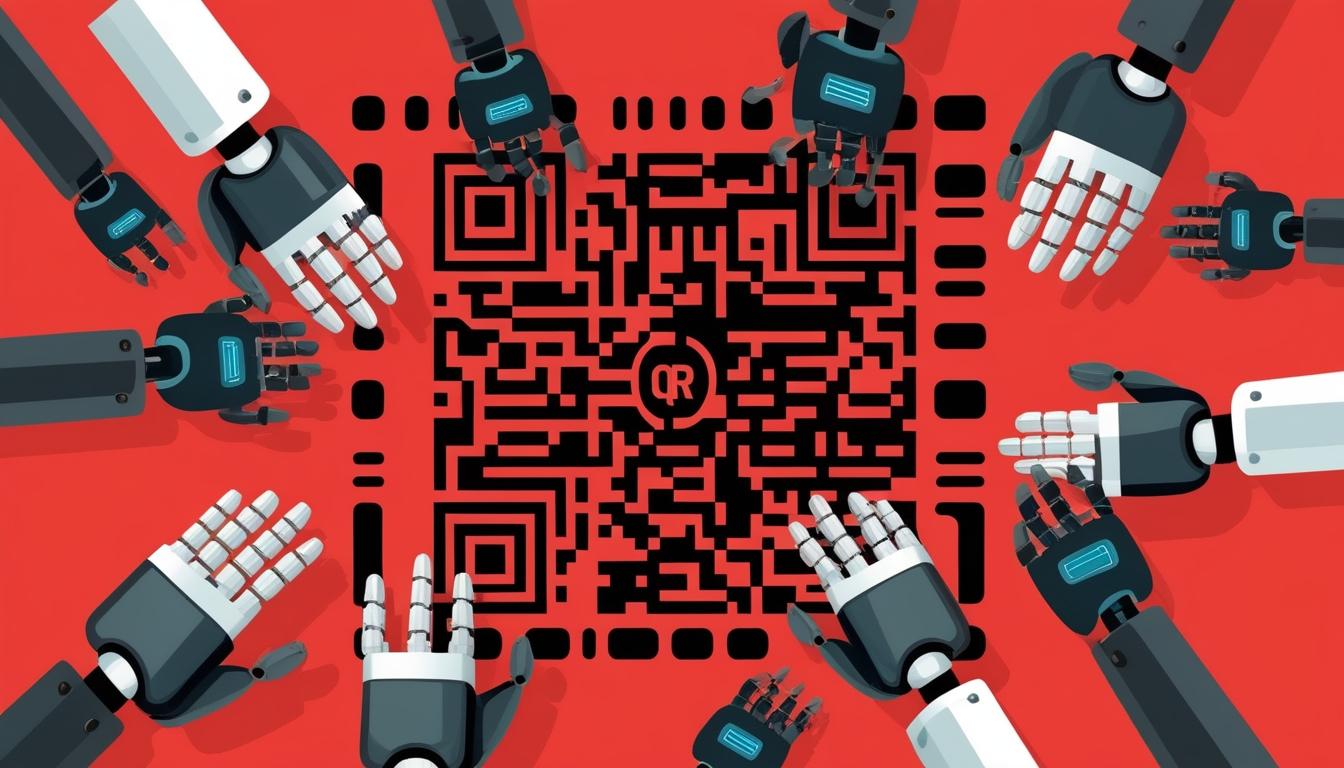The integration of QR codes in technology is reshaping various industries, with robotics being at the forefront of this transformation. Recent reports highlight how developers and engineers are leveraging QR codes to elevate the efficiency and capabilities of robotics in ways previously thought unattainable. The utilisation of QR codes allows for enhanced interaction, information embedding, and dynamic communication between robots and their operational environments.
In robotics, QR codes serve a multifaceted role essential for identification, data sharing, and automating processes. Capable of storing substantial amounts of information in a compact and scannable format, these codes are proving to be invaluable. For instance, robots equipped with cameras can scan QR codes for object identification, retrieval of operational directives, or accessing real-time data housed in cloud systems.
Concrete applications of QR code technology can be observed in warehouse robotics, where QR codes assist robots in pinpointing specific items and navigating through intricate layouts. This technology is also being adopted by service robots in sectors such as healthcare and hospitality, which use QR codes to identify patients and access task-specific information, thereby improving operational accuracy and efficiency.
The practical applications of QR codes in robotics are diverse and include:
- Robot Navigation: QR codes function as navigational markers, aiding robots in understanding their surroundings and identifying specific destinations.
- Dynamic Task Allocation: Robots can scan QR codes to obtain updated task instructions, which can be modified in real-time without the need for physical interaction.
- Maintenance and Diagnostics: QR codes encoded in robotic components lead to troubleshooting guides or maintenance schedules, facilitating easier upkeep.
- Object Identification: Robots utilize QR codes to recognize objects and retrieve pertinent information such as usage instructions and inventory details.
- Human-Robot Collaboration: QR codes empower humans to engage with robots by permitting code scanning to input commands or tailor functions.
These innovative applications demonstrate how QR codes simplify robotic operations while significantly enhancing adaptability and functionality.
Creating and deploying QR codes for robotic applications necessitates meticulous planning to ensure compatibility and reliability. Engineers have access to various tools, such as online QR code generators, allowing for the creation of tailored, robust codes specific to their essential robotic applications. It is crucial for designers to optimise these codes to maintain readability amidst varying conditions, including different lighting scenarios and surface textures. Testing the codes with robots ensures functionality, with strategic deployment in environments facilitating unobstructed access for robots.
Looking ahead, as robotics technology continues to advance, the role of QR codes is expected to expand dramatically. Their application is anticipated to be pivotal in developing smarter, interactive systems, spanning from autonomous vehicles to broader industrial automation processes. QR codes provide a dependable and adaptable link between robots and their environments, paving the way for increased innovation.
The future of robotics paired with QR code technology promises a seamless integration of advanced functionalities into daily operations, poised to enhance both human-robot collaboration and overall operational effectiveness.
Source: Noah Wire Services
